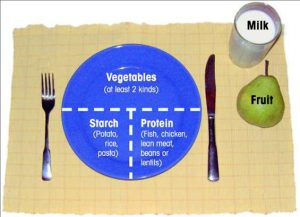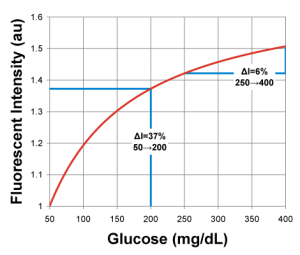Meal Planning for Diabetics

These days fitness is all the rage, and all kinds of diets have become commonplace as people seek to lose extra pounds in order to look good on the beach or in the gym, but meal planning for diabetics can be a matter of true healthcare rather than just an effort to look their best. While for most people the issue of diet can often be solved by simply limiting their dietary intake of calories, those who suffer from diabetes must be extremely careful where those calories come from, as their condition prohibits their body from metabolizing the sugars that the take in from their foods.
While many people think of food sugars as being derived from sugarcane, corn, or maple syrup or some other type of sweetening agent, the truth is that food sugars are also derived from sources starches and fats which the body metabolizes into glucose, which is the same kind of sugar the body makes form cane sugar.
Glucose is needed by the body because it is the source of fuel for the cells, but glucose can only be used by the cells in the presence of a hormone called insulin. In diabetes, the pancreas either does not produce sufficient insulin, or the cells of the body are resistant to the insulin which is produced, and this can allow glucose levels to rise dangerously in the bloodstream. Therefore meal planning for diabetics must take this into account and limit not only the amount of sweets but also the amount of starchy foods like potatoes, rice, and breads. As a general rule, white foods are bad foods due to the level of starches in them.
The best place to get advice on meal planning for diabetics is from your personal physician. If you are a diabetic, your personal physician will be familiar with your typs of diabetes as well as your overall health and is the person best qualified to offer food advice.




